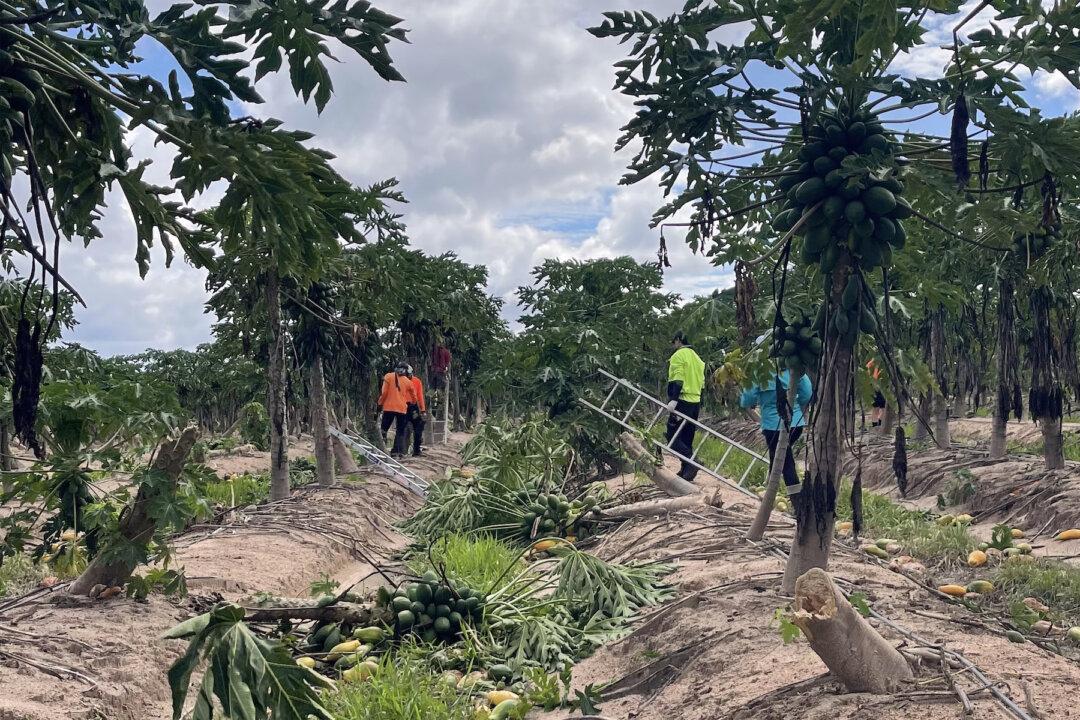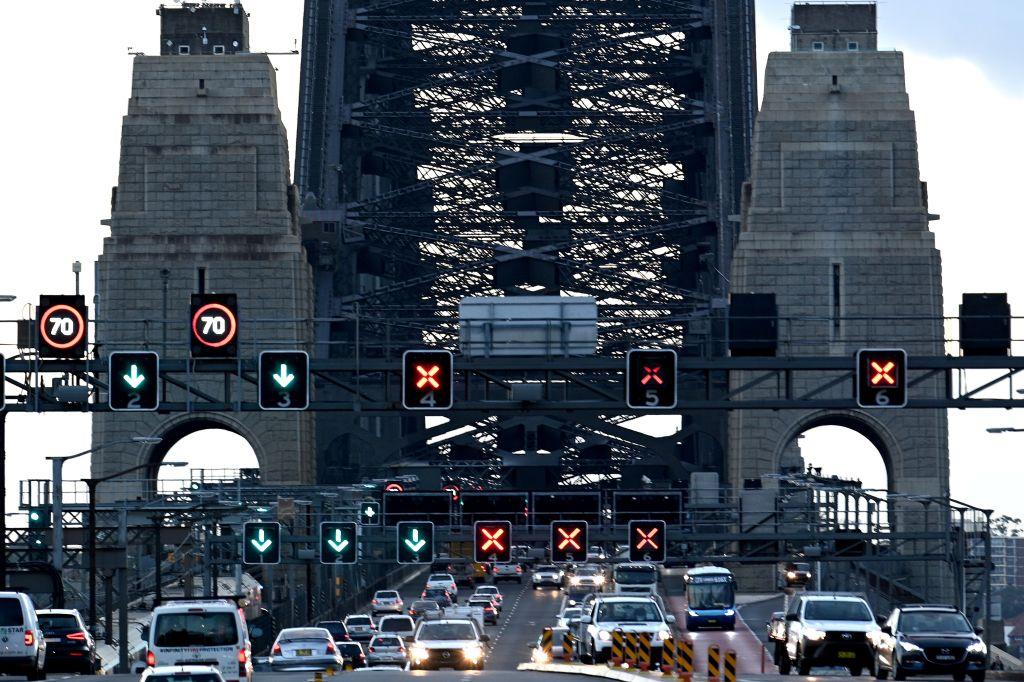Mangoes, bananas, papaya and avocados are among produce destroyed in far north Queensland as producers assess damage from Cyclone Jasper.
Consumers are likely to face shortages of produce from the region and may have to pay more for fruit such as papaya.
The agricultural powerhouse far north was inundated by rain with one property receiving 1.2 metres at Mareeba, near Cairns, in five days.
Skybury Farms is Australia’s biggest papaya producer and supplies Australia with up to 40,000 kilograms of the fruit per week.
Skybury’s Candy MacLaughlin said at least 20 percent of their trees at Mareeba had been ruined.
“There will be supply shortages because the region is the primary papaya growing region for Australia,” Ms. MacLaughlin said.
And she expects consumers to experience price increases with major freight delays.
With supply routes cut, some dairy farmers have been forced to dump milk, while growers have struggled to get their produce to market.
“Every farmer in the region that’s been affected has been impacted,” Jo Sheppard from Queensland Farmers Federation said.
Prawn farmers were able to get most of their harvest done before the cyclone hit, Ms. Sheppard told AAP.
Agriculture and Emergency Management Minister Murray Watt says the clean up is well under way but damage is significant.
“This is going to be a long recovery effort, this has been a major national event,” Senator Watt said while visiting Cairns on Dec. 21.
Mango farmers already struggling to produce a good crop face extensive damage.
Joe Moro says his mango farm near Mareeba copped a deluge of 1.2 meters of rain over five days, ruining about half his crop and costing him $500,000 (US$340,000).
His 14 workers resumed harvesting on Dec. 21 after a two-week delay.
“Half my crop has either been damaged by the flooding, totally black, can’t be harvested at all, or it’s ripening and dropping onto the ground,” Mr. Moro said from his farm west of Cairns.
Mr. Moro is president of Queensland’s fruit and vegetable growers association and said the damage to agriculture across the region has been severe.
“Every crop has been affected in some way,” he said.
“Papaya trees are falling down, heavily blemished fruit, banana trees are falling down and sometimes some of that crop is also in water.”
Banana and avocado grower Dennis Howe said it’s still not clear how much damage has been done.
“The damage is unknown for the avocados at the moment cause we don’t start harvesting till February,” Mr. Howe said.
“Fence lines have been washed down, roads washed out, there are definitely trees over.”
Nursery owner Elaine Duncan is counting the cost of the damage.
“The worst of it was the torrential rainfall and coming to work and seeing a nursery full of rotting plants,” she said.
She estimated damage and loss of crop and trade would cost $300,000 (US$200,000) to $500,000.
The nursery is a major grower of seedlings for far north Queensland, supplying home gardeners and hydroponic farmers with everything from tomatoes to basil and capsicums.
Disaster assistance loans of up to a $250,000 (US$170,000) are available to producers impacted by the cyclone.







